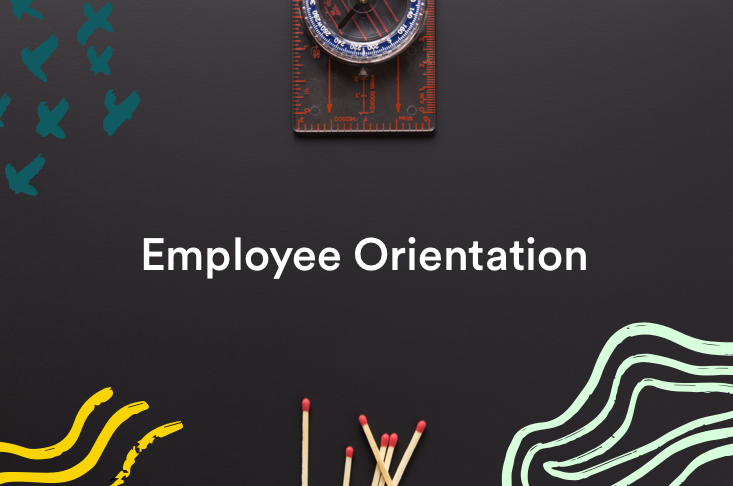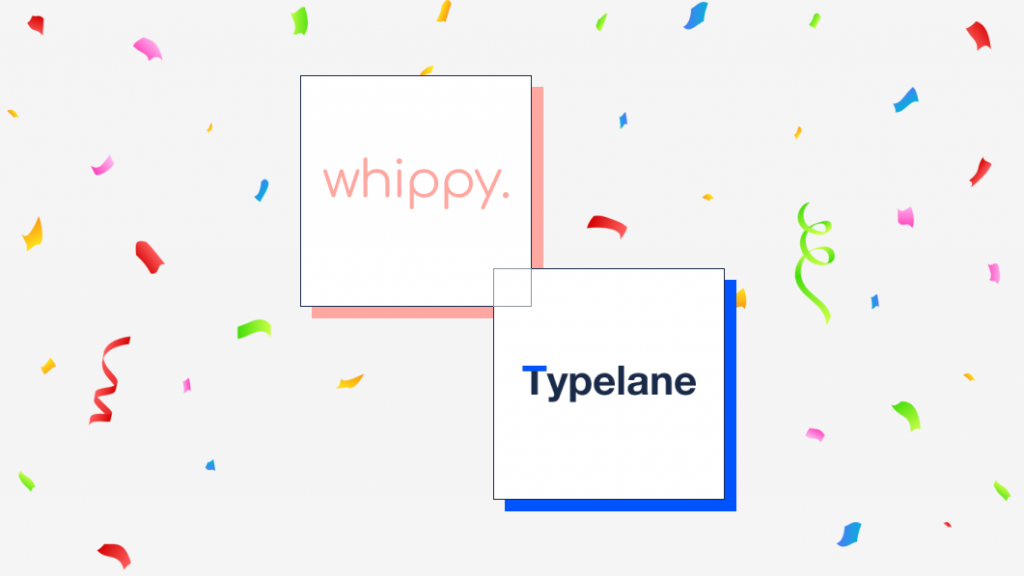What is the difference between new employee orientation and onboarding?


When you welcome a new person to your team, there’s a lot of excitement and nervousness on both sides. Your new employee wants to make a great impression, and you want them to be a great fit in the office. The best way to ensure the transition is smooth is to have a process for bringing them onto the team. Some offices call it onboarding, and others call it new employee orientation. But are those terms interchangeable?
The truth is that they are not – and that you need both employee onboarding and new employee orientation to successfully bring a new employee on board.
What is new employee orientation?
The first step in welcoming a new staff member is new employee orientation. This is the process of introducing someone to their job, coworkers, workplace, and work responsibilities.
You want to focus on answering the new member’s questions and make them aware of policies and expectations that impact their work. This process also helps to ease them into their new position.
The primary difference between employee onboarding versus orientation is the duration. Orientation is a one-time event (although it may span several days). The idea is to introduce a new hire to your culture, mission, and company values.
You’ll also ensure that the new staff member fills out all vital paperwork and enroll in their benefits. It’s key to emphasize the benefits of working at your company – you can never start too early when it comes to building satisfaction and loyalty!
Understanding employee onboarding
As we mentioned, employee onboarding is longer and more involved, and just as important as orientation. This process thoroughly introduces a new team member to their department. They come to understand the business objectives they’ll be working on. It is an important step to get right since a bad employee onboarding dramatically increases the risk for new hire turnover.
Employee onboarding includes attending meetings, spending time with coworkers, and working on starter projects. Over time, they’ll learn how to work on the team, who to turn to with questions, and how to complete the critical tasks of their job.
Properly done, onboarding increases the comfort level of your new employee, which helps them be more successful and more comfortable.
You can also start to show them what the career track for their position is. This helps create engagement and excitement about the new position. It’s essential to take the time and set the right expectations for the new hire during their onboarding process.
Why you need both orientation and onboarding
Many companies only do new employee orientation, although they might call it “onboarding.” They show a new hire around the building, introduce the managers, and have them fill out paperwork. After that, a new employee is cut loose and expected to do their job.
Unfortunately, you lose a lot when you skip the onboarding process. There may be miscommunications and misunderstandings, either between the new employee and leadership or among the new team. A new staff member might take a lot longer to “get up to speed” and become fully productive.
Ultimately, onboarding helps make the transition into the team much more smooth. It reduces the stress of a recruit and helps make them more productive more quickly. Finally, it helps bond a new hire to the company and reduces turnover.
How to incorporate new employee orientation and onboarding in your business
Putting these processes into place in your business doesn’t have to be challenging. New employee orientation is part of the employee onboarding process.
The key is to remember to have a short-term period to help a new hire get their benefits, learn the layout of the building, and meet leaders. Then, follow this with a longer period of introduction to their department, goals, team members, and work tasks.
Work with your existing teams to find out what they wish they’d had when they started. Also, ask about the best ways to incorporate new members into your staff. This input can help you develop an excellent process.
How onboarding benefits your company
It might seem like you’re taking a lot of time with a new hire, but remember that they are an investment. The cost of losing a new hire is at least three times their salary, so it’s worth taking the time to bond them to their team and department since it will increase engagement.
Many times early turnover is entirely preventable. If the employee is honest and a good fit for the job, early turnover is usually due to the company assuming a new recruit is loyal without taking the effort to build that engagement and commitment.
Remember that a great employee is always in high demand, so even once you get them in the door they may still be getting offers from recruiters or previous applications. Use the onboarding process to build their dedication and get them engaged in business objectives right away.
Expect your best hires to be contacted by recruiters on LinkedIn or by other methods. Protect yourself by using new employee orientation and employee onboarding to bond them to your company from the very first day.
As you can see, orientation and onboarding are not the same. You need them both if you want your company and new hire to have a great experience together.
Sign up for our newsletter!
Fine-tune your knowledge within on- and offboardings with our monthly newsletters.


